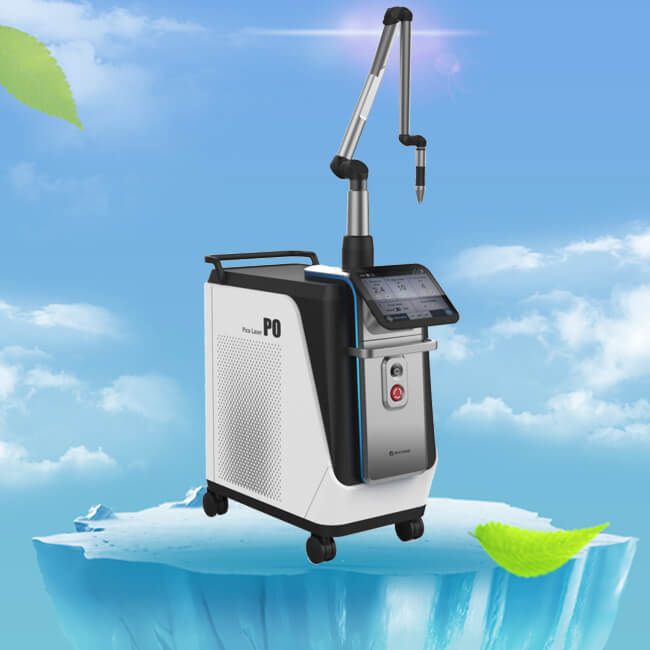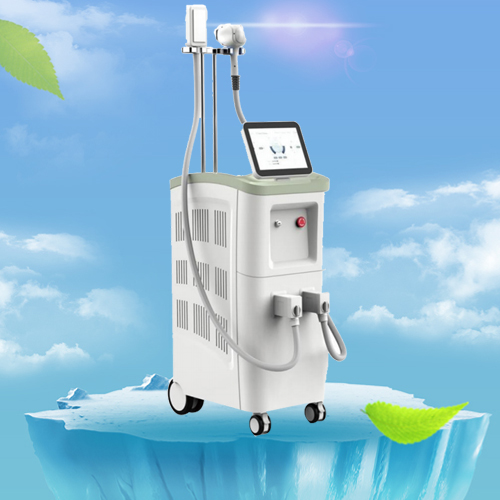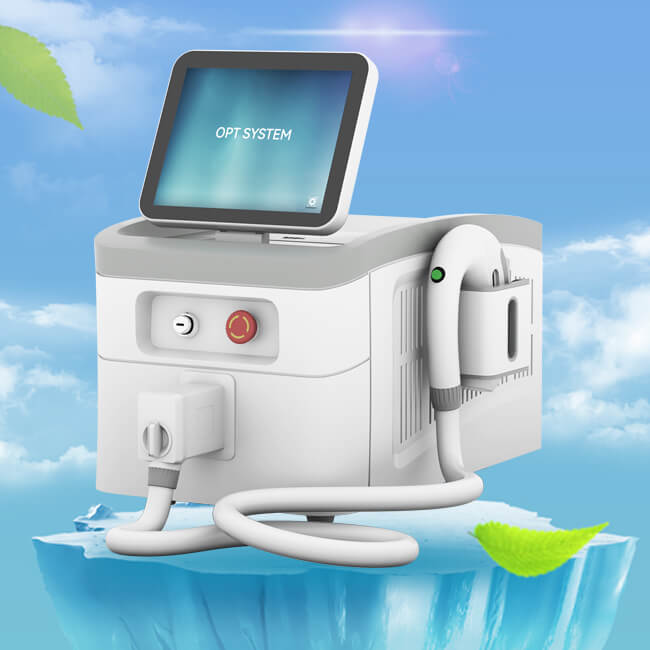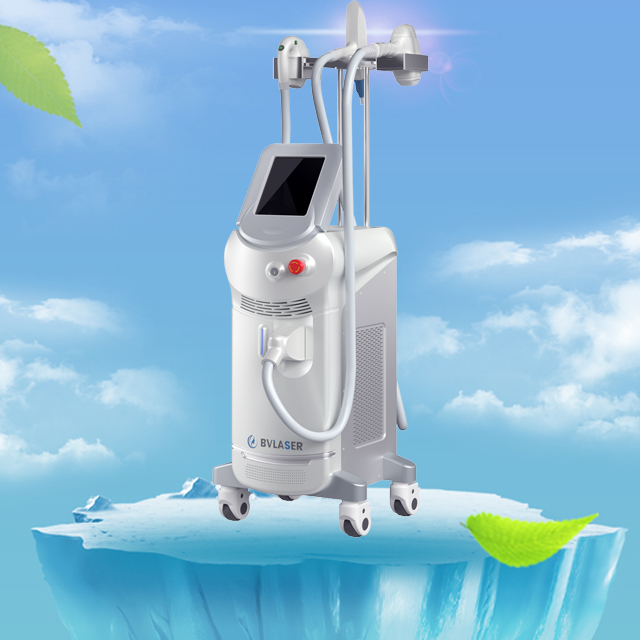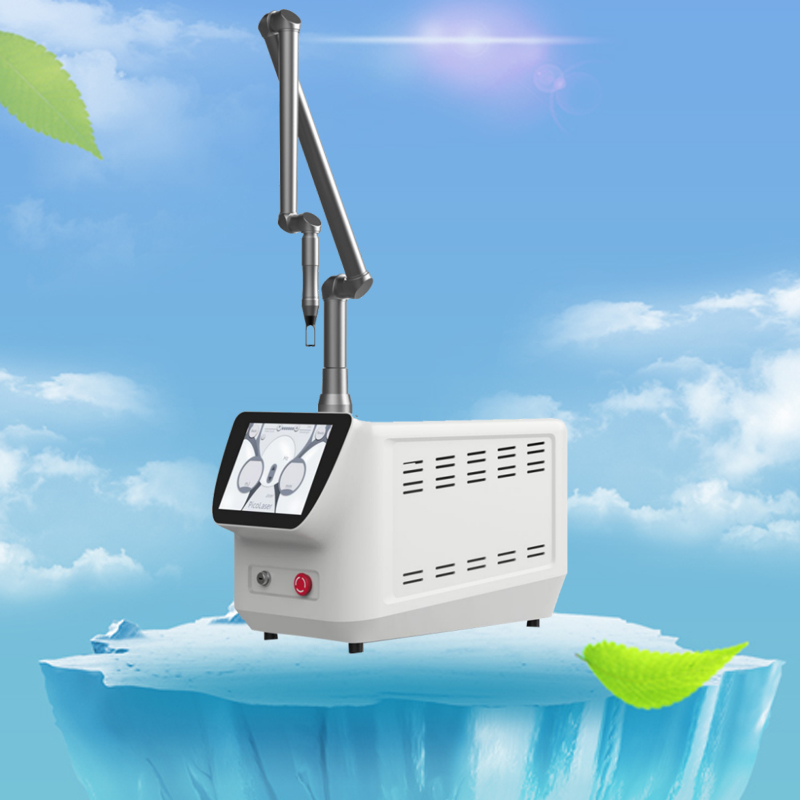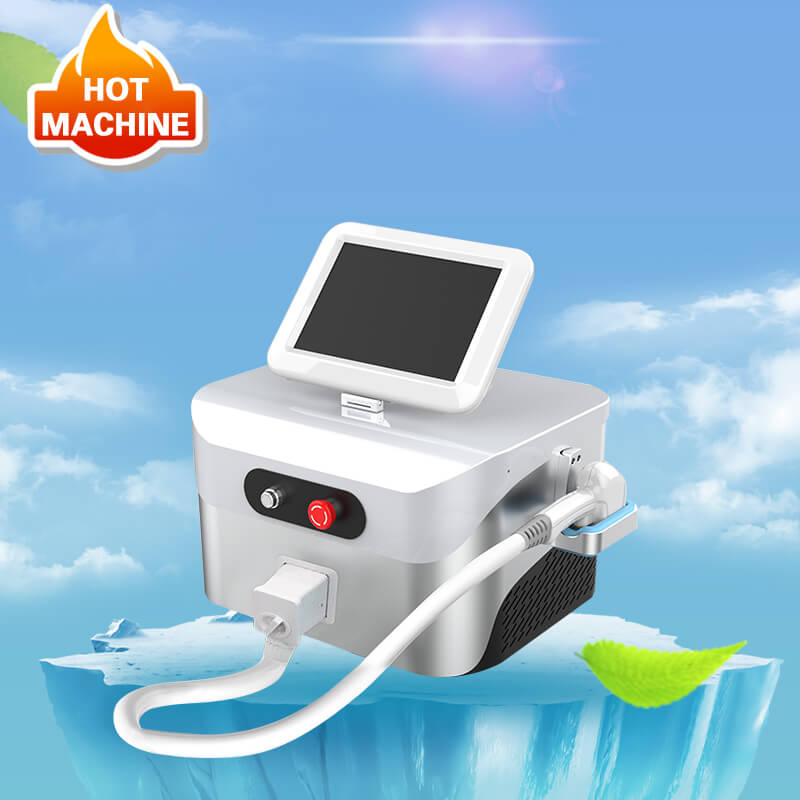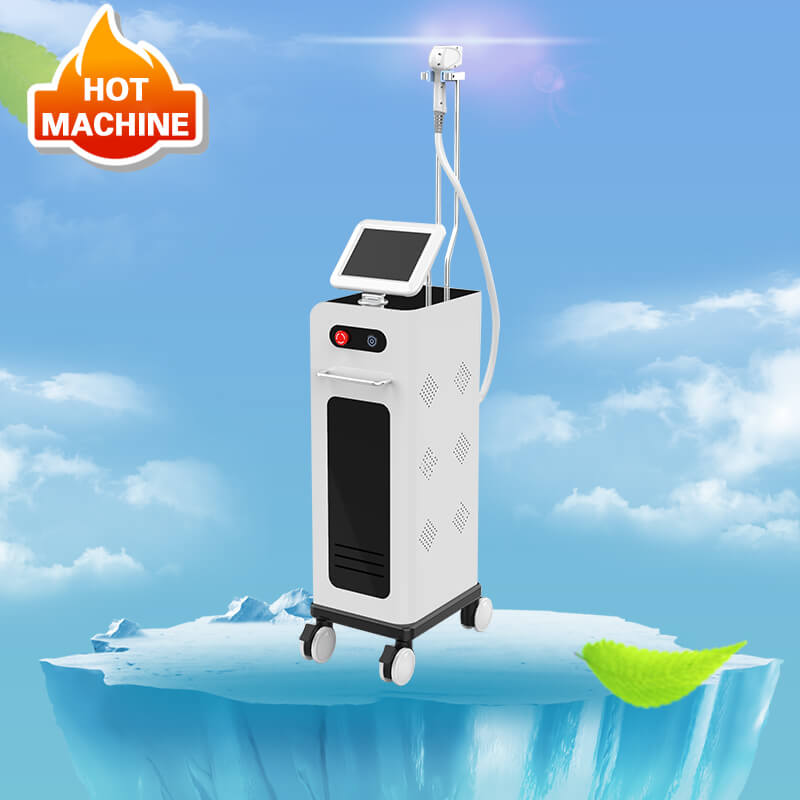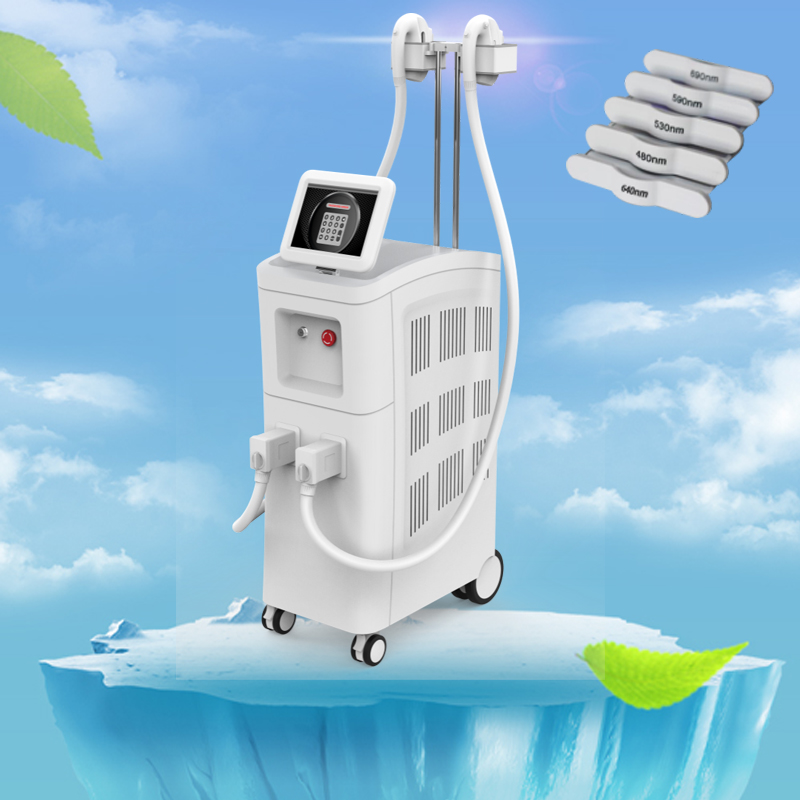Do you lose weight when you do cryolipolysis treatment?
Author:baishilf Time:2024-06-26 16:47:27
“Do you lose weight when you do cryolipolysis treatment?” This is a common question that many people have when considering cryolipolysis. To answer it, it’s important to first understand what this fat-freezing procedure actually is and what it does. Bestview Laser is a China cryolipolysis machine manufacturer, we have cryolipolysis slimming machine for sale.
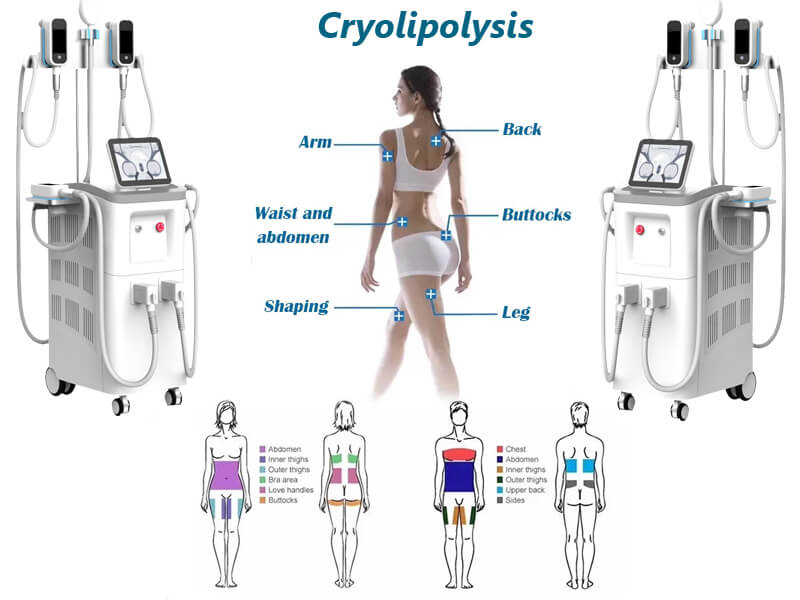
Fat freezing cryolipolysis machine is an FDA-approved state-of-the-art treatment designed to remove stubborn fat from specific areas of the body. This procedure uses the power of cooling energy to freeze and destroy fat cells, which are then gradually filtered out of the body through natural processes. This ensures a reduction in unwanted fat in the treated areas.
With this procedure, people can treat fat cells in a number of areas, including their:
1.Arms
2.Thighs
3.Love Handles
4.Back
5.Chin
6.Chest (for men)
7.Belly
8.Buttocks
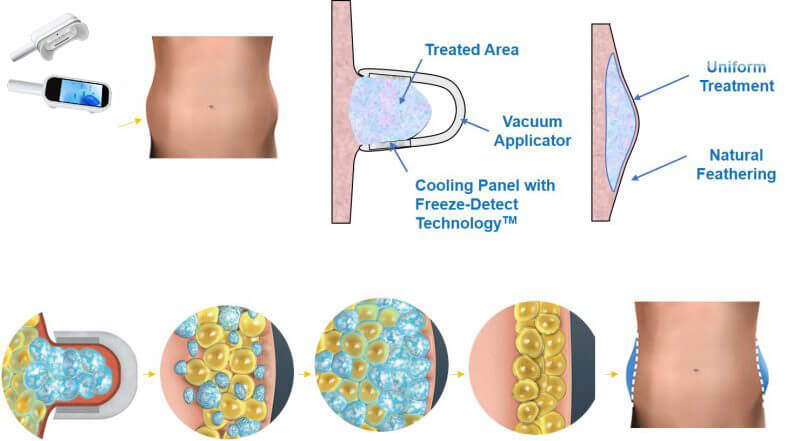
Is cryolipolysis a weight-loss treatment?
Because cryolipolysis gets rid of excess fat and shapes the body, most people assume that it is a weight-loss treatment. However, this is not the case.
A weight-loss treatment is one which:
1.Targets fat cells in the entire body and not just one specific treatment site.
2.Focuses on encouraging fat cells to shrink and on ensuring that they do not swell again.
3.Uses a holistic approach involving diet, exercise, medication, and other methods to provide long-lasting results.
In some cases, surgical weight-loss treatments can be utilized. One common type of surgical weight-loss treatment, bariatric surgery, is a massive-weight-loss procedure used to suppress appetite.
Cryolipolysis is instead considered a fat-reduction and body-contouring procedure. This makes it a very different type of treatment:
1.Instead of targeting fat cells in the entire body, cryolipolysis is a spot-treatment method, focusing on fat cells in specific areas. Patients lose 20% to 25% of the fat cells in the treated area.
2.Instead of shrinking fat cells, cryolipolysis eliminates them from the body entirely. Fat cells that have reduced in size can swell again, whereas eliminated fat cells cannot.
3.A holistic approach is not necessary with cryolipolysis. However, it can be used as a motivator to encourage a regular diet and exercise regimen.
4.It is completely non-invasive and non-surgical.
5.It does not affect the appetite.
Thus, if you want to shed a few pounds or if you have been advised to lose weight by your doctor, cryolipolysis is not the treatment for you. Instead, specialists recommend that you lose weight through other means.
It’s best to consult with your physician to select a weight-loss procedure that works for you. Depending on your unique health and requirements, your doctor may recommend one or more of the following weight-loss treatments:
1.Exercise
2.Diet
3.Fat-burning injections
4.Bariatric surgery
Cryolipolysis is recommended for patients who are at or near their ideal body weight. Thus, it is often undergone after weight loss.
In many cases, once a patient has gone through their weight-loss journey, areas of the body still have stubborn fat and are difficult to tone. Cryolipolysis treatments are an ideal way to contour away these fatty deposits, resulting in a sculpted appearance.
Cryolipolysis is the process behind the most popular, non-invasive fat reduction treatment on the market. This technology reduces fat cells by exposing them to precisely controlled temperatures. Better known as freezing fat, cryolipolysis is proven to reduce stubborn bulges that notoriously resist diet and exercise. It is the only safe and effective way to reduce fat cells. Results are natural and long-lasting. Common treatment areas include the belly, love handles, chin, upper arms, and more. Read on to learn more about cryolipolysis and how freezing fat can help change your entire physique.
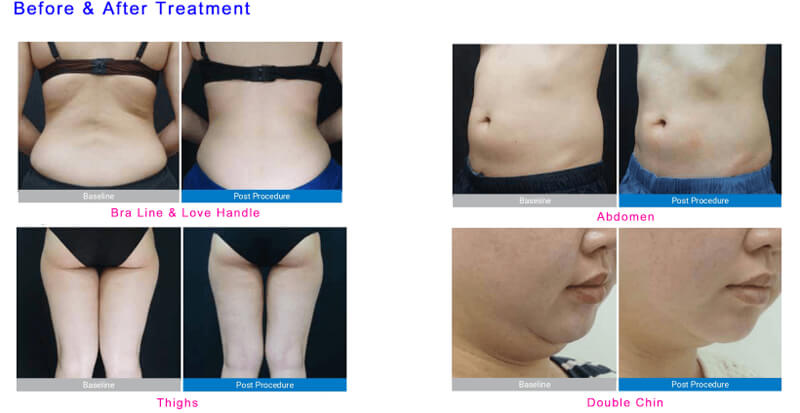
The discovery of cryolipolysis
Cryolipolysis was first discovered by two Harvard scientists when they observed cheek fat reduction in children who sucked on popsicles. By following this phenomenon, they were able to develop the science of cryolipolysis. One of the Harvard scientists, Dr. Manstein, explained the concept by saying, “Fat freezes at a higher temperature than water. Think of butter and water in the refrigerator – one is solid, the other remains liquid.” They realized that by exposing fat cells to cold temperatures, they could freeze them without freezing or damaging skin tissue. This is possible because skin cells are composed of mostly water. They have a much lower freezing temperature than underlying fat cells.
Cryolipolysis reduces stubborn bulges. An applicator is used during treatments to isolate fat deposits such as belly fat and expose them to precisely controlled cooling. The temperatures of cryolipolysis treatments are cold enough to freeze subcutaneous fat, but not cold enough to harm the surrounding tissue or skin. When the fat cells are frozen, they crystallize, and the membrane ruptures. Once the membrane ruptures, the cell can no longer do its job of storing fat. When this happens, the cell dies and eventually processes out of the body as a form of waste. Several weeks after your treatments, the body will naturally gather the dead cells and dispel them via the lymphatic system. Once they have been removed from the body, they can never regrow.
Cryolipolysis risks and side effects
Patients tend to worry about cryolipolysis risks and side effects. Luckily, cryolipolysis has one of the highest safety profiles. Treatments are virtually painless and require minimal to no downtime. Compared to invasive surgery like liposuction, Cryolipolysis is the best non-invasive choice as it has minor drawbacks. The most common side effects tend to be possible bruising, swelling, redness, or tenderness at the treatment site. If a patient experiences these side effects, they tend to dissipate quickly. Most side effects that occur are due to technician error or the use of counterfeit cryolipolysis equipment. The best way to safeguard against risks or side effects is to select a licensed cryolipolysis provider to administer this popular fat reduction treatment.
The complication rate is low and the satisfaction rate is high. There is a risk of surface irregularities and asymmetry. Patients may not get the result they’d hoped for. Rarely, in less than 1 percent, patients may have paradoxical fat hyperplasia, which is an unexpected increase in the number of fat cells. This is three times more likely in men than in women and is seen more in those of Hispanic or Latino descent.
Cryolipolysis cost
The cost of cryolipolysis is a concern for most potential patients. The truth is that the cost with cryolipolysis varies per person. There are several things that influence the cost of your treatment, including the treatment areas, the number of cooling sessions needed, and the size and shape of the applicators used during your treatment. The best way to receive your personalized treatment cost is to schedule a free consultation. During your visit, you can speak about the cost of cryolipolysis with a knowledgeable technician. If this treatment using Cryolipolysis is suitable for your body and needs, they create a plan that fits your needs and budget.
Is cryolipolysis right for you?
To effectively reap the positive benefits of cryolipolysis, it is crucial to determine if you are the right candidate for the Cryolipolysis procedure. This fat reduction treatment works best on localized fat deposits in men and women who eat healthily and work out consistently but still struggle with stubborn fat cells. Cryolipolysis is not a weight-loss treatment and should never be used to treat obesity. Cryolipolysis uses cold temperature to break down fat cells. The fat cells are particularly susceptible to the effects of cold, unlike other types of cells. While the fat cells freeze, the skin and other structures are spared from injury.
Reasons patients want cryoliplysis
Patients who wish to reduce a localized fat bulge that has persisted despite diet and exercise may be interested in cryolipolysis.
There are no activity restrictions. Patients sometimes feel sore, as if they had worked out. Rarely do patients experience pain. If that happens the patient should contact the plastic surgeon, who may prescribe medication for a few days.
Who is not a candidate for cryolipolysis?
Patients with cold-related conditions, like cryoglobulinemia, cold urticaris and paroxysmal cold hemoglobulinuria should not have cryolipolysis. Patients with loose skin or poor tone may not be suitable candidates for the procedure.
The goal of cryolipolysis is to reduce the volume of fat in a fatty bulge. Some patients may opt to have more than one area treated or to retreat an area more than once. This procedure is done without anesthesia.
Cryolipolysis procedure
After an assessment of the dimensions and shape of the fatty bulge to be treated, an applicator of the appropriate size and curvature is chosen. The area of concern is marked to identify the site for applicator placement. A gel pad is placed to protect the skin. The applicator is applied and the bulge is vacuumed into the hollow of the applicator. The temperature inside the applicator drops, and as it does so, the area numbs. Patients sometimes experience discomfort from the vacuum’s pull on their tissue, but this resolves within minutes, once the area is numb. Patients typically watch TV, use their smart phone or read during the procedure. After the hour-long treatment, the vacuum turns off, the applicator is removed and the area is massaged, which may improve the final results.
The injured fat cells are gradually eliminated by the body over four to six months. During that time the fatty bulge decreases in size, with an average fat reduction of about 20 percent.





